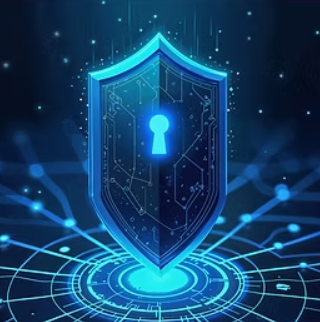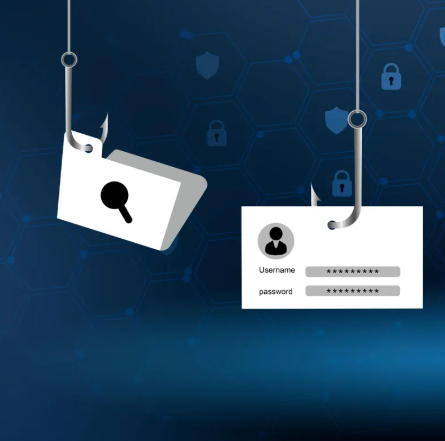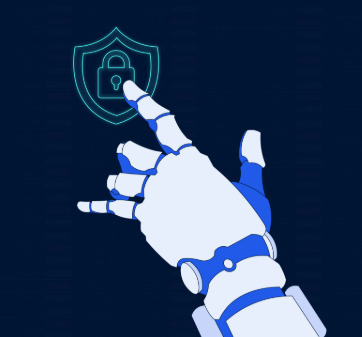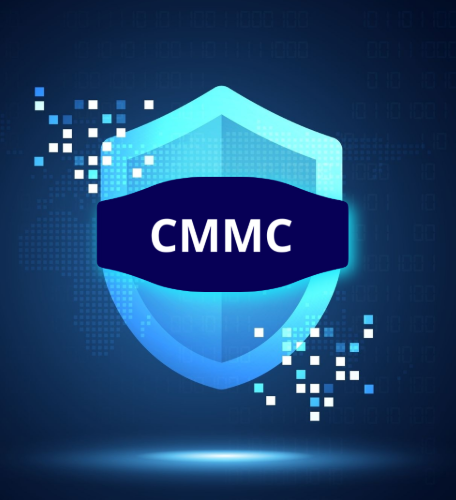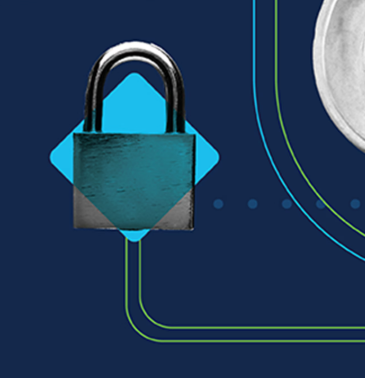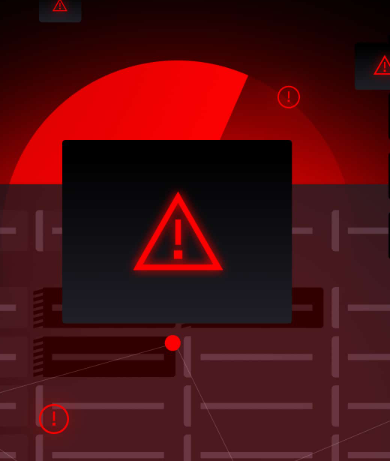
In today’s fast-paced digital environment, cyber threats are growing increasingly sophisticated and targeted. Despite this, many organizations continue to rely on outdated security systems, such as firewalls and antivirus software, that were once considered sufficient. However, these traditional methods are no longer enough to safeguard against modern threats. To keep up with evolving risks, it’s crucial to adopt more advanced security strategies that leverage automation, AI, and behavioral analytics.
The Shortcomings of Traditional Cybersecurity
Although traditional security tools can protect against known threats, they fall short in detecting newer risks, such as zero-day attacks, insider threats, and complex multi-stage intrusions. Static rules and signature-based detection are ineffective against today’s rapidly changing attack tactics. As a result, organizations experience more breaches, delayed response times, and greater damage to both their systems and reputations.
Did You Know?
More than 80% of successful cyberattacks bypass traditional defenses, demonstrating the need for real-time, intelligent security measures.
Key Gaps in Traditional Security Systems
- Signature-Based Detection
Traditional tools rely on pre-established threat signatures, leaving them vulnerable to new malware strains that haven’t been cataloged yet. - Manual Threat Response
Legacy systems often require manual intervention to assess and prioritize alerts, which leads to fatigue, overlooked threats, and slower response times. - Lack of Behavioral Analysis
Older systems don’t monitor user or system behaviors over time, which means subtle anomalies that could signal a security breach go unnoticed. - Limited Threat Intelligence
Without access to real-time global threat intelligence, traditional systems struggle to adapt to new attack methods, vulnerabilities, and emerging threats. - Fragmented Security Tools
When security systems don’t communicate with each other, gaps in visibility emerge, allowing threats to move freely across networks without detection.
The Shift Toward Modern Security Solutions
- Integrated Threat Detection Platforms
Modern security platforms combine data from various sources—endpoints, networks, and cloud environments—to detect threats across the entire infrastructure in real time. - Behavioral Analytics and Anomaly Detection
Rather than depending solely on known attack patterns, these advanced systems learn to recognize normal behavior and identify deviations that may indicate an ongoing breach. - Real-Time Threat Intelligence
Live threat intelligence feeds are incorporated into security systems, enabling them to respond quickly to the latest phishing tactics, malware variants, and other vulnerabilities. - Automated Response and Orchestration
Modern solutions can automatically neutralize threats, isolate compromised endpoints, and trigger remediation measures, cutting response times from hours to seconds. - Cloud and Hybrid Environment Readiness
These tools are designed to protect data across hybrid and cloud environments, ensuring your security measures keep up with the evolving digital landscape.
Harnessing AI in Cybersecurity
- Predictive Threat Detection
AI can predict attacks before they happen by identifying patterns and behaviors linked to past breaches, allowing for proactive defense measures. - More Effective Alert Prioritization
AI systems sift through vast amounts of data, flagging only the most relevant and high-risk alerts, so security teams can focus on the most pressing issues. - Continuous Adaptation and Learning
Unlike traditional rule-based systems, AI continuously evolves, improving its ability to detect new threats and stay ahead of emerging risks. - Real-Time Threat Hunting
AI speeds up the threat-hunting process by scanning vast amounts of data to uncover hidden risks that human analysts might miss. - Improved Visibility and Insights
AI provides a comprehensive view of your security posture by correlating data from various sources, helping inform strategic decision-making.










